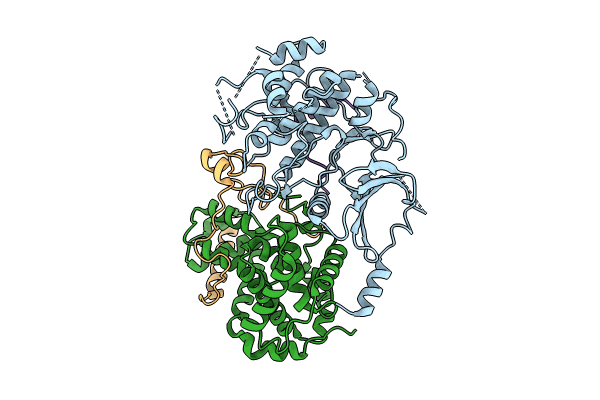
Deposition Date
2023-08-06
Release Date
2024-10-09
Last Version Date
2025-05-28
Entry Detail
PDB ID:
8TQ2
Keywords:
Title:
Structure of the kinase lobe of human CDK8 kinase module
Biological Source:
Source Organism:
Homo sapiens (Taxon ID: 9606)
Host Organism:
Method Details:
Experimental Method:
Resolution:
3.80 Å
Aggregation State:
PARTICLE
Reconstruction Method:
SINGLE PARTICLE


